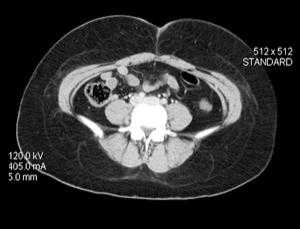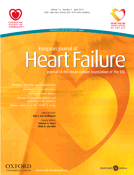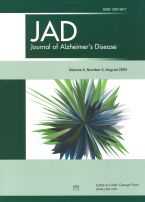Phy Med Bio:X射线对于肥胖人群的危害
2012-04-10 T.Shen 生物谷
Big job (Image: Living Art Enterprises, LLC/Science Photo Library) 近日,国际著名杂志Physics in Medicine and Biology在线刊登了国外研究人员的最新研究成果“Extension of RPI-adult male and female computational phantoms to obese pa

Big job (Image: Living Art Enterprises, LLC/Science Photo Library)
近日,国际著名杂志Physics in Medicine and Biology在线刊登了国外研究人员的最新研究成果“Extension of RPI-adult male and female computational phantoms to obese patients and a Monte Carlo study of the effect on CT imaging dose,”,文章中,研究者揭示了X射线对于肥胖人群的健康影响。
当对肥胖的人进行CT扫描的时候,为了得到一张清晰的图片,放射医生通常会使用比正常体重人群多的高剂量的X射线来进行扫描。这将会对肥胖者带来什么影响,是否会对其健康有一定影响呢?为了研究到底是否会对肥胖个体有一定影响,近日,研究者Xie George Xu和他的同事针对不同个体发明出了计算机模型,这些个体包括健康体重的个体,病态肥胖的个体。随后研究者对这些模型运行程序,模仿其组织受到辐射后所引起的效应变化。
研究小组发现,进行CT扫描时,肥胖男性内脏器官暴露于辐射的比例比正常体重男性多了62%,而肥胖女性比正常体重女性多了59%。曾有研究表明,CT扫描可以轻微增加个体患癌的风险,在这项研究中,肥胖个体接受到了更多的辐射,他们比正常人群患癌的比例无意中就多出了60%,但是这种风险依然很小,对于检查带来的医疗福利来说微乎其微。(生物谷:T.Shen编译)

doi:10.1088/0031-9155/57/9/2441
PMC:
PMID:
Extension of RPI-adult male and female computational phantoms to obese patients and a Monte Carlo study of the effect on CT imaging dose
Aiping Ding, Matthew M Mille, Tianyu Liu, Peter F Caracappa and X George Xu
Although it is known that obesity has a profound effect on x-ray computed tomography (CT) image quality and patient organ dose, quantitative data describing this relationship are not currently available. This study examines the effect of obesity on the calculated radiation dose to organs and tissues from CT using newly developed phantoms representing overweight and obese patients. These phantoms were derived from the previously developed RPI-adult male and female computational phantoms. The result was a set of ten phantoms (five males, five females) with body mass indexes ranging from 23.5 (normal body weight) to 46.4 kg m−2 (morbidly obese). The phantoms were modeled using triangular mesh geometry and include specified amounts of the subcutaneous adipose tissue and visceral adipose tissue. The mesh-based phantoms were then voxelized and defined in the Monte Carlo N-Particle Extended code to calculate organ doses from CT imaging. Chest–abdomen–pelvis scanning protocols for a GE LightSpeed 16 scanner operating at 120 and 140 kVp were considered. It was found that for the same scanner operating parameters, radiation doses to organs deep in the abdomen (e.g., colon) can be up to 59% smaller for obese individuals compared to those of normal body weight. This effect was found to be less significant for shallow organs. On the other hand, increasing the tube potential from 120 to 140 kVp for the same obese individual resulted in increased organ doses by as much as 56% for organs within the scan field (e.g., stomach) and 62% for those out of the scan field (e.g., thyroid), respectively. As higher tube currents are often used for larger patients to maintain image quality, it was of interest to quantify the associated effective dose. It was found from this study that when the mAs was doubled for the obese level-I, obese level-II and morbidly-obese phantoms, the effective dose relative to that of the normal weight phantom increased by 57%, 42% and 23%, respectively. This set of new obese phantoms can be used in the future to study the optimization of image quality and radiation dose for patients of different weight classifications. Our ultimate goal is to compile all the data derived from these phantoms into a comprehensive dosimetry database defined in the VirtualDose software.
本网站所有内容来源注明为“梅斯医学”或“MedSci原创”的文字、图片和音视频资料,版权均属于梅斯医学所有。非经授权,任何媒体、网站或个人不得转载,授权转载时须注明来源为“梅斯医学”。其它来源的文章系转载文章,或“梅斯号”自媒体发布的文章,仅系出于传递更多信息之目的,本站仅负责审核内容合规,其内容不代表本站立场,本站不负责内容的准确性和版权。如果存在侵权、或不希望被转载的媒体或个人可与我们联系,我们将立即进行删除处理。
在此留言














#Bio#
52
#X射线#
55
#Med#
57